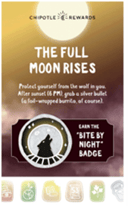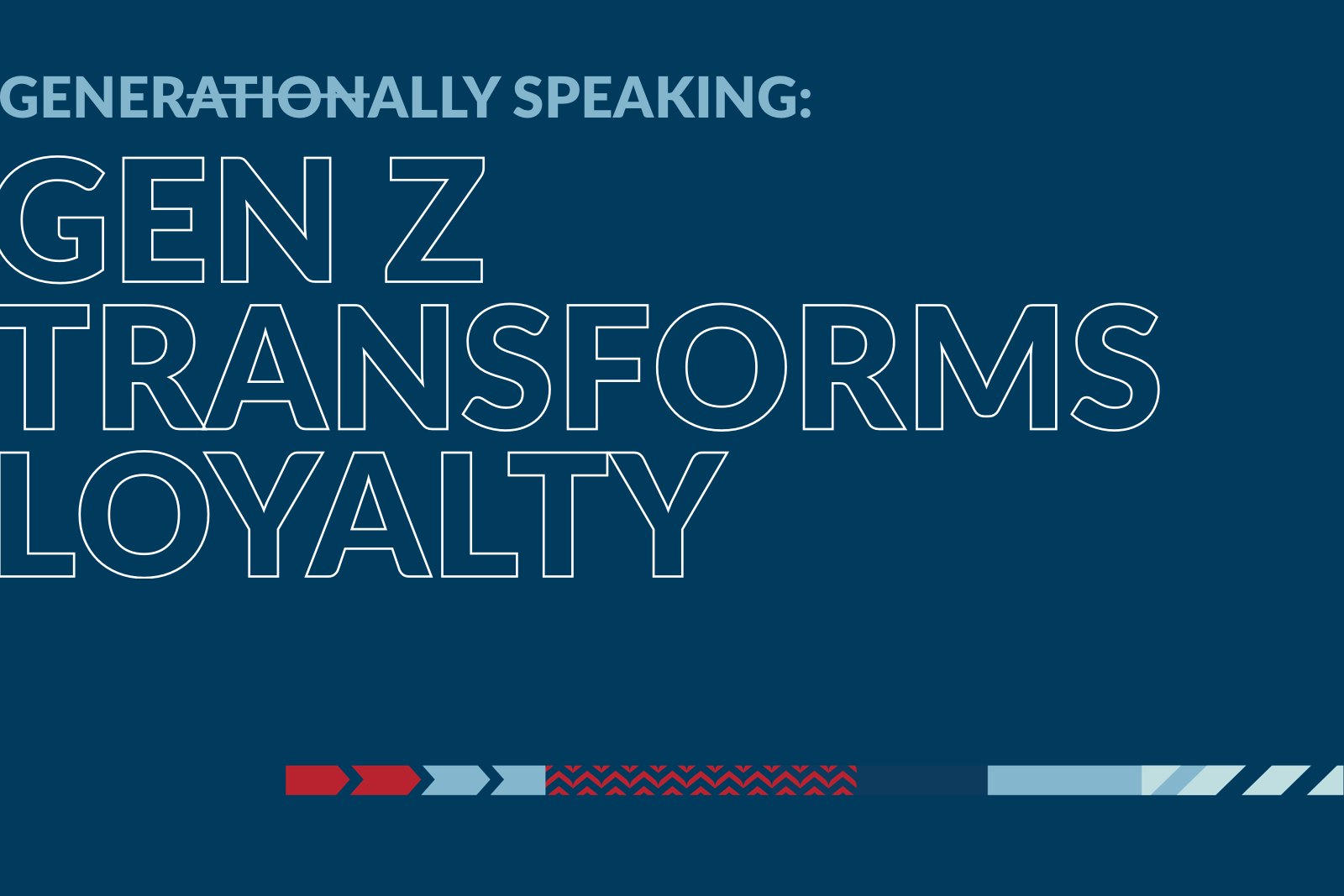Badge Me: Digital Badges Drive Engagement
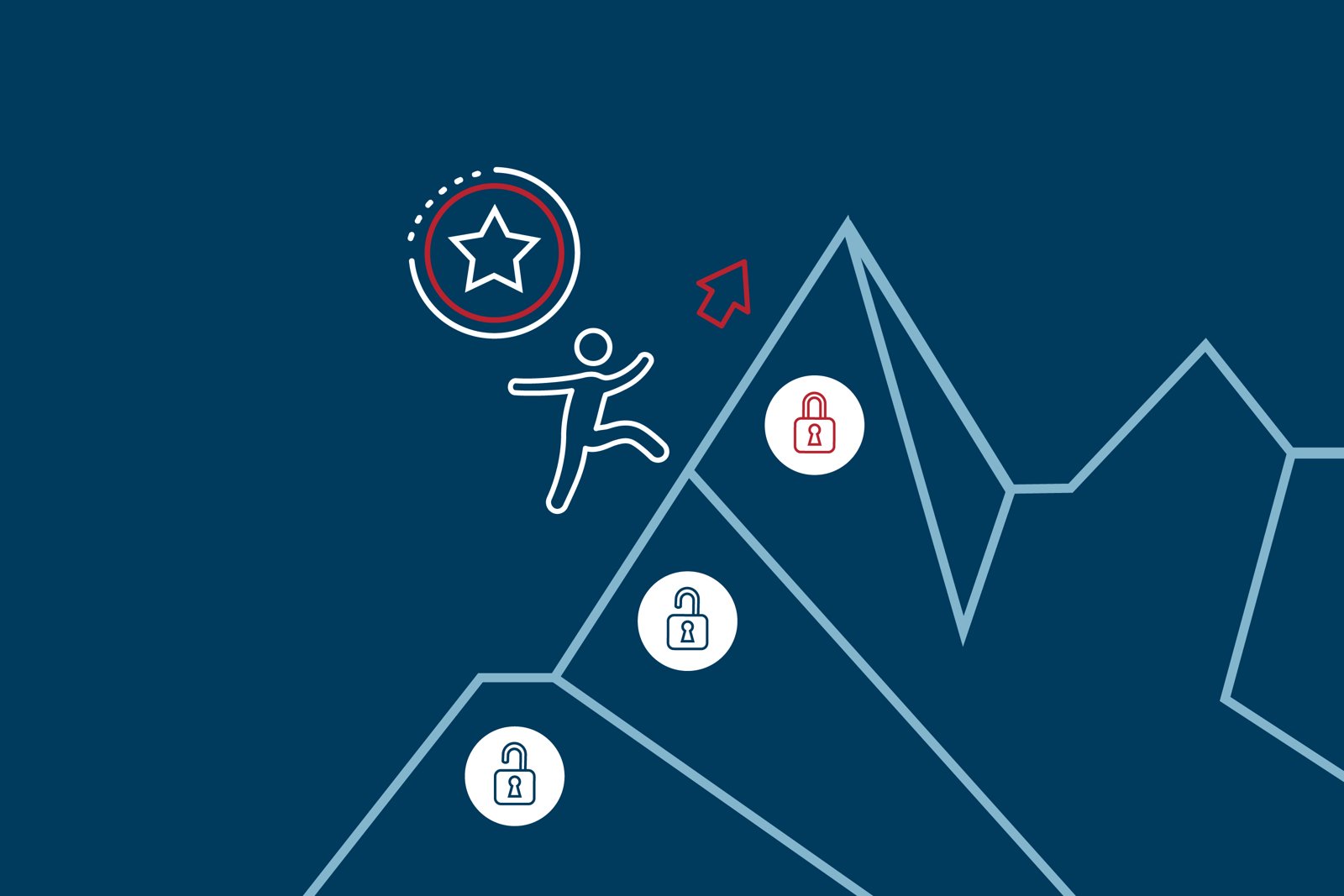
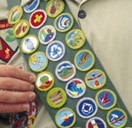 From an early age, badges inspire us to set goals, motivate us to keep trying, and reward us for a job well done. Whether it’s a new patch on a Boy Scouts or Girl Scouts sash, recognition for a science fair win, or induction into an Honor Society, badges fuel motivation and boost self-esteem.
From an early age, badges inspire us to set goals, motivate us to keep trying, and reward us for a job well done. Whether it’s a new patch on a Boy Scouts or Girl Scouts sash, recognition for a science fair win, or induction into an Honor Society, badges fuel motivation and boost self-esteem.
For kids, badges are prevalent in extracurricular activities and in classrooms. In fact, several elementary and middle schools are experimenting with replacing traditional grades with badges to signify age-level mastery of a knowledge area or skill and to foster a mindset of ongoing learning.
In adulthood, badges are one way to signify rank and achievements in the military, law enforcement, and other fields. Other grown-up moments are marked with badges—e.g., “I Voted” and “I Gave Blood Today” stickers—that evoke the same sense of accomplishment and gratification that we experience as a badge-earning child.
So, why is earning a badge so innately motivating? And how can brands harness that motivation to build loyalty?
Digital badging drives action
Significant psychological research has been conducted to understand human motivation and goal achievement. Two leading explanations—goal achievement theory and endowed progress effect—observe that internal and external motivations push us to achieve goals. And, further, if we perceive progress toward our goal, we’ll increase our effort to attain it.
Brands across industries put these theories into action by using digital badges—visual indicators highlighting interests, skills, or accomplishments—in their products, apps, and marketing communications to drive greater outcomes for users. Digital badges encourage users to set goals, track their progress, and stay engaged.
Digital badges yield significant results for brands
Digital badges offer marketers an excellent means of boosting engagement at any point in the customer journey. From initial application to profile creation and product trials, badges encourage new customer engagement. Valuable core customers can be engaged and rewarded through gamification and at milestone achievements.
Digital badges provide a tailored, personalized, and low-cost way to engage with customers and loyalty program members in real time and across channels. According to one study, 87% of badge earners report being more engaged as they pursued a digital badge. When they’re strategically integrated with marketing communications, digital badges can support key business goals:
- Increased customer engagement
A successful badging strategy drives lasting customer engagement and satisfaction. Badging is an increasingly popular strategy to drive growth in customer engagement, probably because digital badges help brands unlock opportunities for meaningful customer engagement. And that is a vital part of building and maintaining brand devotion.
 Example: Book of the Month, a book club subscription service, uses badges to celebrate reader milestones and to reward readers for completing certain challenges—e.g., reading a book by a certain author or getting to the end of a tome. Readers are incentivized to keep earning badges in pursuit of unlocking a “bonus badge” as a special reward. This strategy illustrates how badging can fuel overall engagement and encourage a broader brand experience.
Example: Book of the Month, a book club subscription service, uses badges to celebrate reader milestones and to reward readers for completing certain challenges—e.g., reading a book by a certain author or getting to the end of a tome. Readers are incentivized to keep earning badges in pursuit of unlocking a “bonus badge” as a special reward. This strategy illustrates how badging can fuel overall engagement and encourage a broader brand experience.
 Meanwhile, fitness-focused brand Peloton uses badges to recognize members who participate in challenges and reach milestone achievements. Customers set fitness goals to unlock new badges.
Meanwhile, fitness-focused brand Peloton uses badges to recognize members who participate in challenges and reach milestone achievements. Customers set fitness goals to unlock new badges.
- Increased sales growth
Digital badges, a flexible and straightforward form of gamification, can drive sales growth. Once customers have a goal to attain a badge, keeping them engaged and progressing toward new goals is important. Badges can be their own reward or can be coupled with bonus points or other offers to encourage customers to make a transaction.
Example: Chipotle, a quick-service restaurant leader, communicates new opportunities for rewards members to earn badges across channels via email and the app. Members can earn exclusive app badges for ordering limited-time menu items, ordering a certain number of times, donating points to charity, or ordering to mark special days, like National Burrito Day.
![]()
- Community-building opportunities
Finally, badges can be used to build community among your customers and establish new habits with your brand.
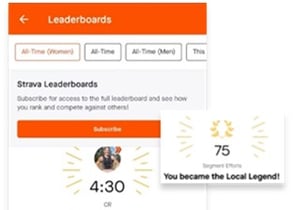 Example: The fitness-tracking app Strava uses badges to build community and spur friendly competition among its users. Badges provide a mechanism to compete with other users and offer an incentive to strive to reach the next goal. Strava users compete for the fastest times along local running and biking routes. “Local Legend” status goes to the user who completes a route the most times over 90 days.
Example: The fitness-tracking app Strava uses badges to build community and spur friendly competition among its users. Badges provide a mechanism to compete with other users and offer an incentive to strive to reach the next goal. Strava users compete for the fastest times along local running and biking routes. “Local Legend” status goes to the user who completes a route the most times over 90 days.
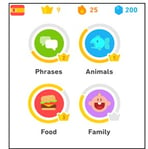 Duolingo, a language-learning interface, uses badges to drive regular app engagement and establish habits among users. Its badges are designed to positively reinforce language acquisition and celebrate milestones.
Duolingo, a language-learning interface, uses badges to drive regular app engagement and establish habits among users. Its badges are designed to positively reinforce language acquisition and celebrate milestones.
Badges boost a sense of personal achievement and brand connection
Digital badging can be used in engagement strategies to support personalization and drive the customer journey. For many brands, digital badges strengthen communication to accelerate customers toward the next key stage in a loyalty program. For simpler objectives, badges can build momentum by celebrating mini milestones that encourage customers to progress. These smaller badge opportunities include app downloads, profile completion, leaving a review and newsletter subscriptions.
The student savings tutorial app, Bankaroo, encourages adolescent and young adult users to set savings goals and receive shareable digital badges when the goals are completed. The accumulated badges are tracked on a competitive leaderboard among connected users to spur ongoing competition and cooperative savings goals.
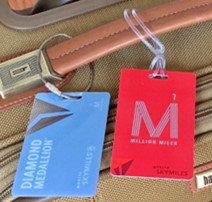 Digital badges can be part of celebrating major achievements. For Delta Air Lines and other carriers, “million mile” commemorations create new status-earning opportunities for core customers that extend above even the top tier of their loyalty programs. Members who earn this elite status often proudly display the special baggage tags, demonstrating badges’ potential to engage customers in pursuit of larger goals and to create lifelong loyalty.
Digital badges can be part of celebrating major achievements. For Delta Air Lines and other carriers, “million mile” commemorations create new status-earning opportunities for core customers that extend above even the top tier of their loyalty programs. Members who earn this elite status often proudly display the special baggage tags, demonstrating badges’ potential to engage customers in pursuit of larger goals and to create lifelong loyalty.
Badges build meaningful connections and memories
When digital badging strategies are properly executed over time, the benefits surpass increased engagement into greater customer loyalty. In fact, many brands are discovering the deeper personalization opportunities that result from bestowing badges to customers.
Badges create an implied consent to tailor customer communications based on consumers’ recent engagement or purchasing activities without becoming overly intrusive. When a customer earns a new digital badge, it’s added to their app and included in future email messages. And it likely triggers their next engagement opportunity. Similarly, once a customer achieves a significant milestone, e.g., an elite membership tier, their customer experience adapts to recognize their new status. The customer’s earned badge becomes a key aspect of future communications for ongoing celebration and recognition.
Digital badging acts as a mark of distinction for customers and usually unlocks additional rewards and experiences. Earning badges prompts feelings of pride and encourages emotional connection—and marketers can use digital badges to evoke similarly fond memories around their brands.
Todd Hedberg is senior director, Digital Strategy and Brenna Hodge is senior manager, Strategic Services. For more than 30 years, The Lacek Group has been innovating the art and algorithms of brand devotion. We help world-class brands identify their highest-potential customers, engage them across channels throughout their lifecycles, personalize each relationship for optimal long-term results, and measure the true effectiveness of those efforts.
